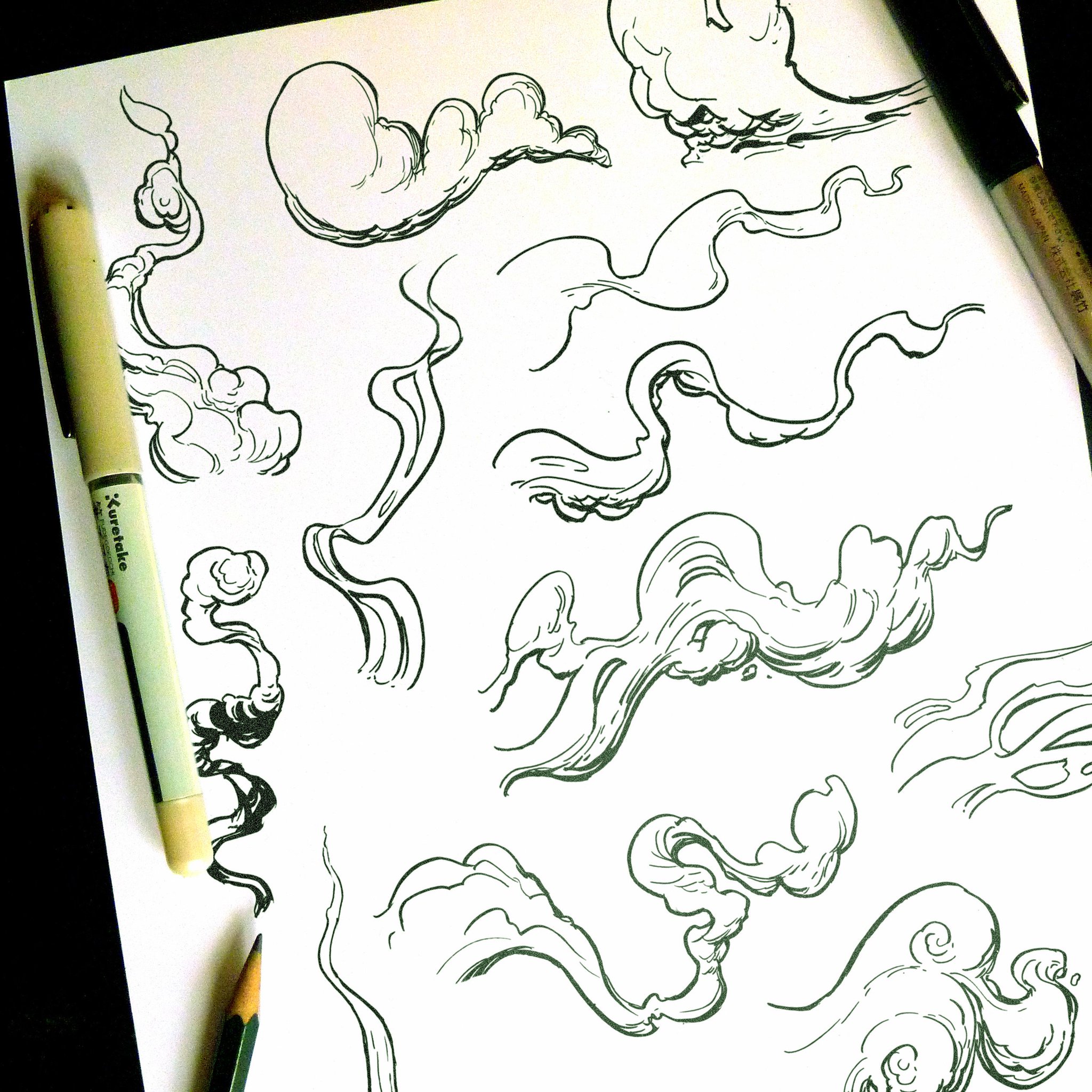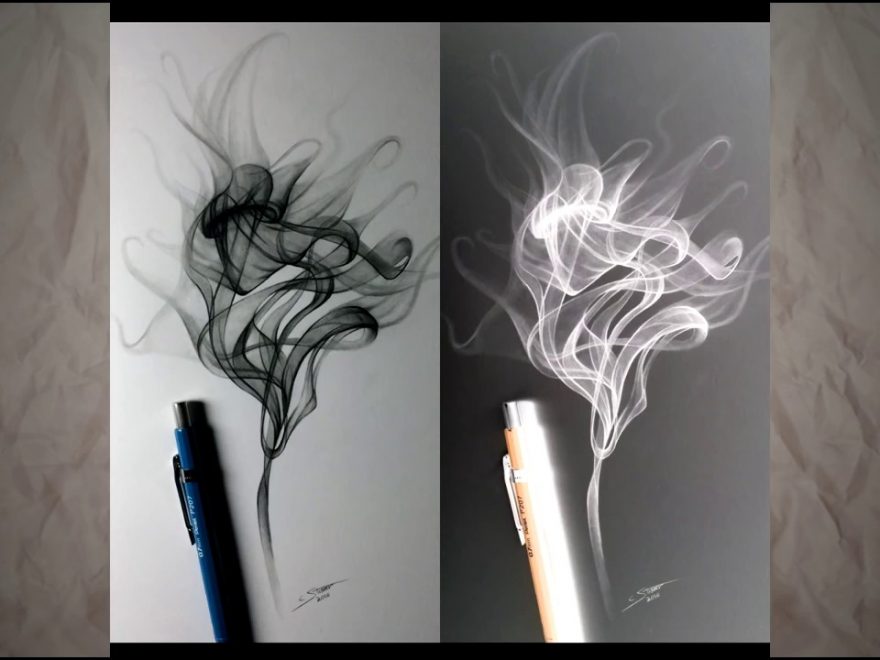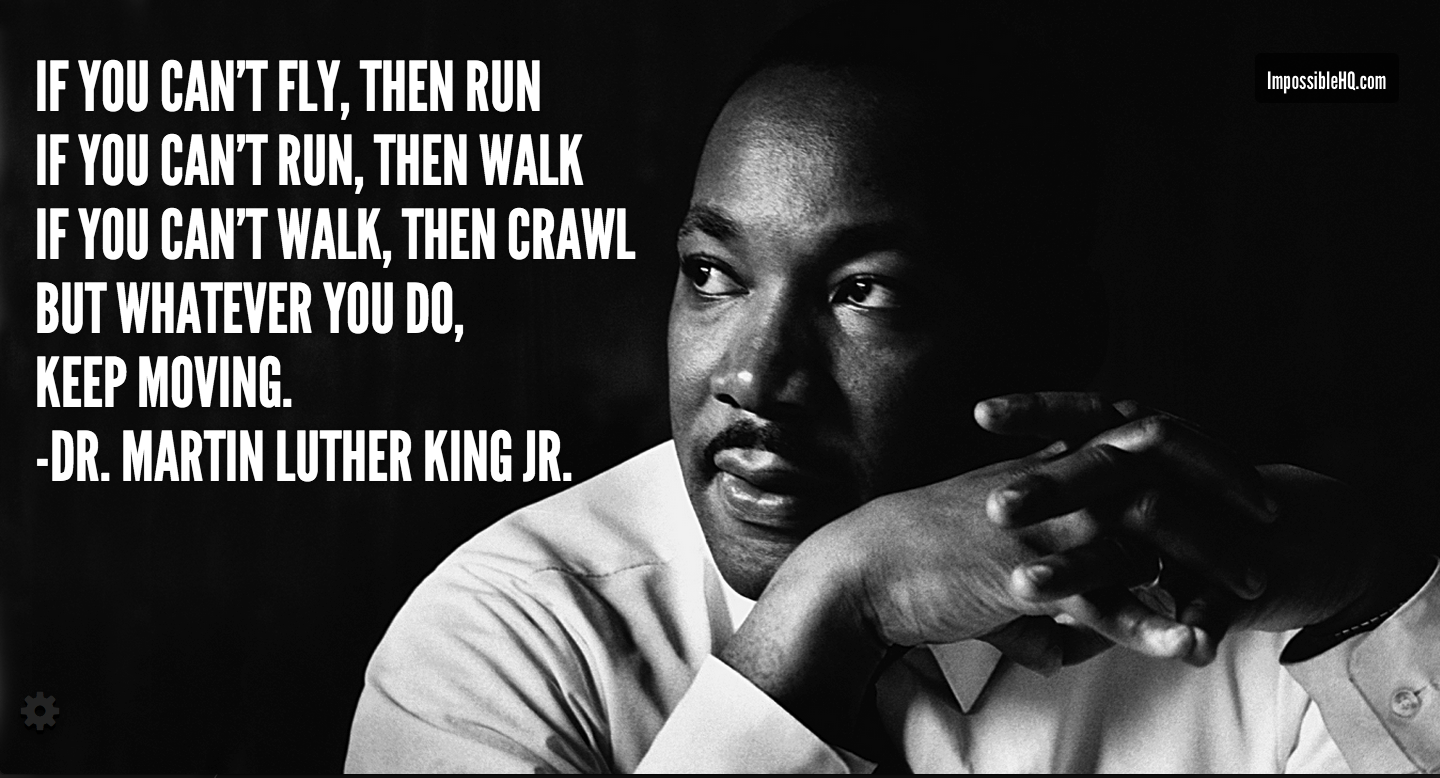Smoke rauch sketches guerreiro medievais zeichnen humo etheringtonbrothers fuma a etheringtonbros helm gfx clouds kickstarter kunst grafite typographie letras
Table of Contents
Table of Contents
Are you struggling to add realistic smoke to your artwork or sketches? You’re not alone. Many artists find it challenging to draw smoke that looks natural and believable. However, with a few tips and techniques, you can master how to draw smoke confidently in your artworks.
Pain Points of how to draw smoke
One common pain point that artists face while drawing is the inability to capture smoke’s ephemeral nature, transparency, and how it dissipates in the air. Creating a convincing, realistic sense of smoke is challenging because it’s in flux, changing from moment to moment.
Answering the Target of how to draw smoke
If you want to learn how to draw smoke, it’s essential to study how it behaves and moves in real life. Observe smoke from various sources, such as cigarette smoke, campfires, or steam, to understand how the smoke moves, its shape, and patterns. Once you have a more in-depth understanding of how smoke operates in real life, you’ll be better equipped to draw it convincingly in your artwork.
Summary of the Main Points
To draw smoke realistically, you must understand how it moves, how to represent it’s transparency, and how it dissipates in the air. Be sure to set your drawings’ mood and feel with the color and shading of the smoke. Capturing the smoke’s wispy, flowing shape is crucial, and you’ll need to play with the thickness and shape of the smoke to achieve the desired effect. Always practice and study smoke from different sources to create a sense of motion and a natural feel of smoke in your art.
How to Draw Smoke and its Target
When I first started drawing smoke, I found it challenging to create a realistic look that seemed to move with the air. After many failed attempts, I discovered the key to drawing smoke is to add dimensionality in your artwork. To achieve this, start with a curved line for the smoke. Think of it as a thin, stretched-out cloud, and add wavy, curved on the outside edge to make it feel more natural. To make the smoke appear to be drifting, use circling lines to create the sense of motion in the smoke.
Another critical factor is to add shading to the smoke to make it feel like its floating between you and what you’re drawing. Remember, smoke is transparent, so you must add this level of transparency to your shading. When you draw, use lighter strokes and increase pressure as you move closer to the central area of smoke. It creates an illusion of transparency that your brain interprets as a cloud of smoke that it can see through.
 Different Techniques of how to draw smoke
Different Techniques of how to draw smoke
After you’ve mastered the basics of drawing smoke, you can experiment with different techniques to create different smoke types. For example, try cross-hatching, using charcoal, or using blenders to create a smearing effect in your drawings. Depending on the effect you want to achieve, different techniques can add a new dimension to your smoke drawings.
 Mistakes to Avoid While Drawing Smoke
Mistakes to Avoid While Drawing Smoke
One of the most common mistakes that people make when drawing smoke is to create a stiff, lifeless cloud. Remember, smoke should appear to be flowing, so avoid creating blocks of the smokey mass. Rather try drawing several things that look like individual objects joined together. Smoking often rises, so be sure to make it look like it’s not flat on the ground.
 Question and Answer
Question and Answer
Q. How can you add color to smoke?
A. You can add color to smoke by starting with light gray or white and then adding layers of black or whatever shade you want to achieve the desired look. Remember to keep in mind the lighting and shading of the overall artwork to make the smoke seem plausible.
Q. How do you create a sense of motion in your smoke drawings?
A. You can create movement in your smoke drawings by using wispy lines to describe the shape of the smoke. Remember, the smoke should drift with the wind, creating a flowing shape with the different areas moving at different rates. You can also use shading to imply a sense of depth and motion.
Q. What tools do you need to draw smoke?
A. You don’t need any special tools to draw smoke; a pencil, paper, and an eraser are enough. It’s also helpful to have tools such as charcoal or markers to create different effects.
Q. How do you create a sense of lighting in smoke drawings?
A. Lighting is an essential aspect of smoke drawing. To create a sense of light source in your artwork, use color and shading to create bright or dark areas on the smoke. If you’re drawing smoke from a candle or a fire, use soft glows of oranges and yellows to add warmth to the drawing.
Conclusion of how to draw Smoke
In conclusion, drawing smoke is a challenging but rewarding aspect of creating beautiful artwork. With a bit of practice and experimentation, you can create realistic, flowing smoke in your artwork that will make it stand out. Remember to observe smoke from real-life situations to get a better sense of how to capture its essence in your artwork.
Gallery
EtheringtonBrothers On Twitter: “Art From This HOW TO DRAW SMOKE

Photo Credit by: bing.com / smoke rauch sketches guerreiro medievais zeichnen humo etheringtonbrothers fumaça etheringtonbros helm gfx clouds kickstarter kunst grafite typographie letras
How To Draw Realistic Smoke. Hi Everyone! Here’s Another Tutorial Video

Photo Credit by: bing.com / smoke drawing draw lethalchris realistic drawings cigarette tutorial showing fire dragon hope woman smok
How To Draw Cigarette Smoke In Photoshop - Cigarettesaledriver

Photo Credit by: bing.com / smoke draw cigarette photoshop smoking step girl
How To Draw Smoke Clouds - Cloud Images

Photo Credit by: bing.com / smoke clouds
Pin On Illustrations

Photo Credit by: bing.com / craftknights





